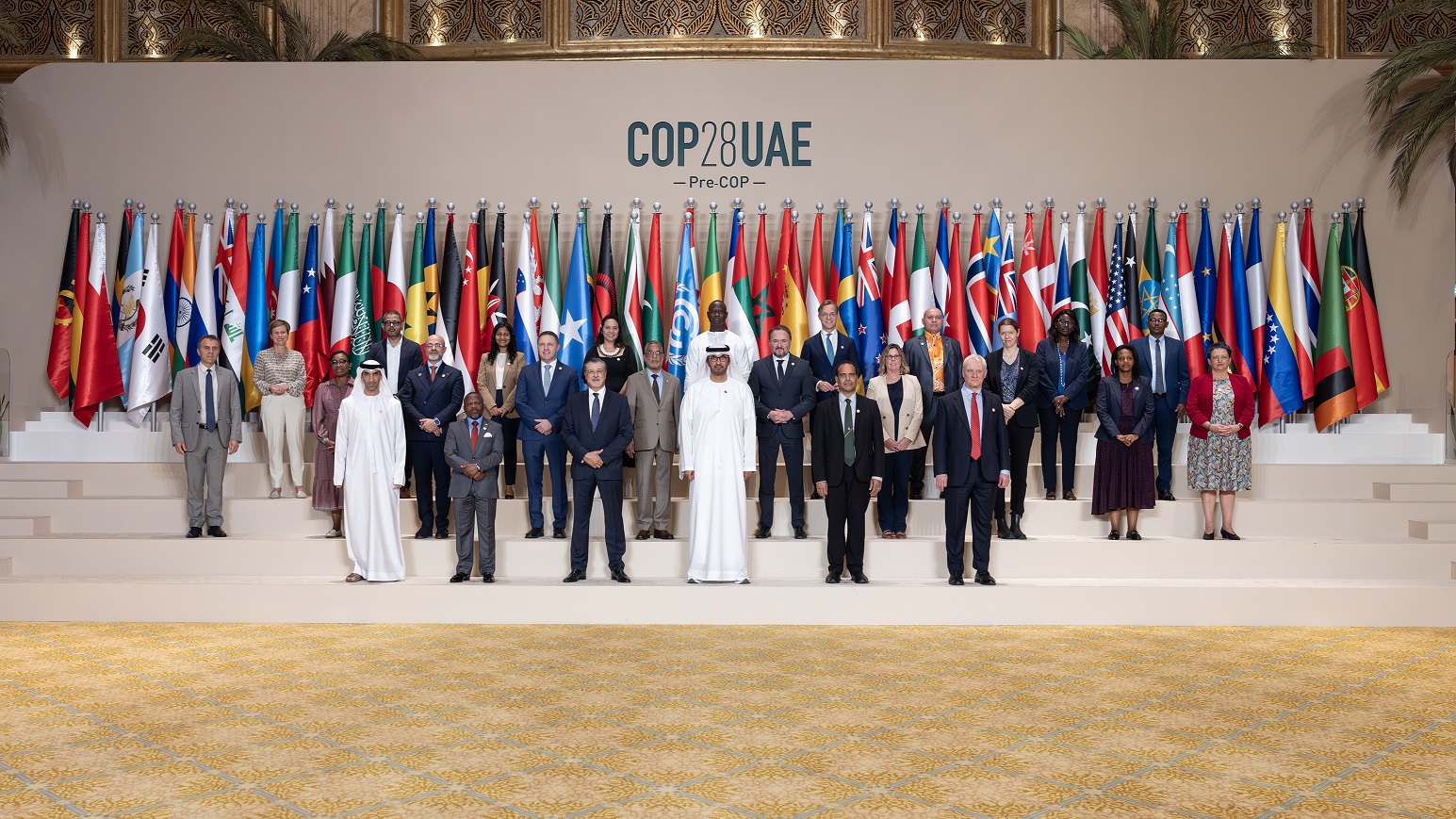This meeting was organised in partnership with the Global Health Group at the University of California, San Francisco (UCSF) and Gilead Sciences. The Honourable Richard Kamwi, former Minister of Health and Social Services of Namibia, chaired the meeting, along with Sir Richard Feachem, Director of the Global Health Group at UCSF.
Meeting objectives and overview
Expanding the reach of effective HIV prevention in sub-Saharan Africa (SSA) is essential to global efforts to end the epidemic. Just as SSA catalysed the HIV treatment access movement for the developing world, it can also lead the HIV prevention movement.
The impact of HIV continues to be devastating in SSA, where two-thirds of global infections occur each year. Women and young people make up the majority of new infections, while some of the region’s most marginalised populations – men who have sex with men, transgender women, people who inject drugs and sex workers – account for roughly one in five new infections.
Prevention scale-up will require expansion of existing prevention strategies and adoption of new ones. New prevention tools including long acting injectables, implants, options that combine pre-exposure prophylaxis (PrEP) with a contraceptive, and an effective vaccine, need to be developed and implemented with an understanding of the cultural factors that may contribute to high HIV incidence. This is a critical time for global HIV funding, which will enable the long-term success of expanded HIV prevention efforts.
This meeting convened high-level African stakeholders – ministers, leading clinicians and researchers, advocates, implementers and industry representatives – to identify ways to overcome the challenges to, and accelerate the progress of, effective HIV prevention efforts across SSA. The programme, a mix of plenary and small group discussions, focused on:
- assessing existing and new approaches to prevention scale-up in SSA based on evidence and scientific developments
- addressing the needs of high-risk groups’ realising the full potential of new interventions such as PrEP
- prioritising prevention and finding the funds for public health investment











